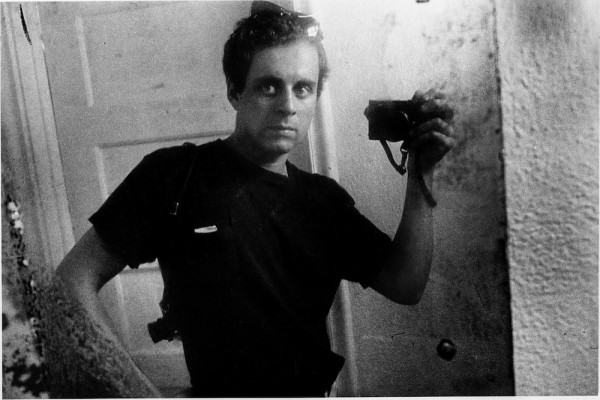Book of the Month: Sacred Land
Book of the Month: Sacred Land
Ralph Gibson
January 19, 2021
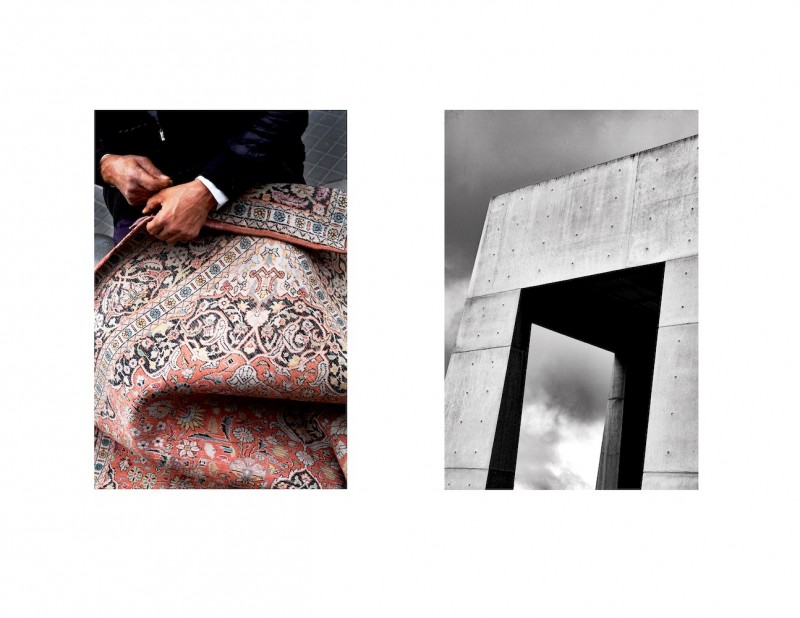
Rug Merchant,Tel Aviv / YadVashem, Jerusalem
Of course, this photo book is not a simple sequence of motifs; the photographer also paid particular attention to the design of the double-spread pages. A total of 85 pairs of pictures and other motifs, printed over two pages, create a surprising kaleidoscope of images that repeatedly evoke thoughtful consideration in the viewer. At times, the analogies or contrasts of shape and materials are immediately decipherable; in other instances, the dialogue between the images is slow to develop. Sometimes, Gibson’s decisions for a particular composition seem to remain open. This poetic and associative approach leaves the pictures all the more open for the reader’s own interpretations.
The book also offers a glimpse into how Gibson thinks visually, and how he works photographically, when out and about with his Leica. He notices the smallest details, whether architectural features, marks on a tank, or the colourful layers of a piece of candy. By his selection and highlighting, mostly with narrow excerpts of images, he reveals new meanings. From time to time, Gibson chooses to insert people and faces between pictures of surfaces and objects, to complement pairs of pictures. In the photo book, he often juxtaposes contrasting images in an evocative way. For example, an icon of Madonna and Child, photographed in the Israel Museum, is juxtaposed with a picture of a sporty motorbike rider in Tel Aviv: the rider’s shiny helmet relates surprisingly well to the metallic texture of the icon. In another instance, frayed exit holes, created by armour-piercing shells that have passed through a metal surface, are placed next to a thousand-year-old marble relief: the former carved in a matter of seconds; and the latter with painstaking care. From Gibson’s perspective, a comparison can be drawn between their intriguing textures.
Time and again, Gibson reveals his fascination with the connection between very different eras and centuries. The photo book surprisingly and convincingly reflects his realisation that an ancient culture and an extremely young, contemporary one merge repeatedly to form exciting intersections. “Israel is the oldest and the youngest country in the world – the past is vividly part of the present,” Gibson explains in the book’s introduction. “The country struggles for survival from without, and definition from within.” The conflicts that continuously threaten to tear the country apart are not directly in the picture; but the tensions become visible in the sequence of the images. Israel remains one of the greatest wonders of our times. (Ulrich Rüter)
Ralph Gibson: Sacred Land. Israel Before and After Time
(Conceived and produced by Martin Cohen)
Foreword by Martin Cohen, with an introduction by Ralph Gibson. Afterwords by Moshe Safdi and Rabbi David Ellenson.
216 pages, 88 colour and 100 duo-tone pictures. 23.5 x 31.88 cm, English
Lustrum Press
Ralph Gibson+-
Born in Los Angeles, California, on January 16, 1939, Gibson studied Photography in the U.S. Navy; and at the San Francisco Art Institute (1960-62). He worked as an assistant to Dorothea Lange (1961-62), and Robert Frank (1967-68). Gibson founded Lustrum Press in 1969. Since then, over 40 monographs have been published. His work is found in the most important museum and private collections, has been exhibited around the world, and has received many awards. These include the Leica Medal of Excellence in 1988, the French Ordre national de la Légion d’honneur in 2018, and his induction into the Leica Hall of Fame in 2021. Gibson lives in New York. More

Rug Merchant,Tel Aviv / YadVashem, Jerusalem
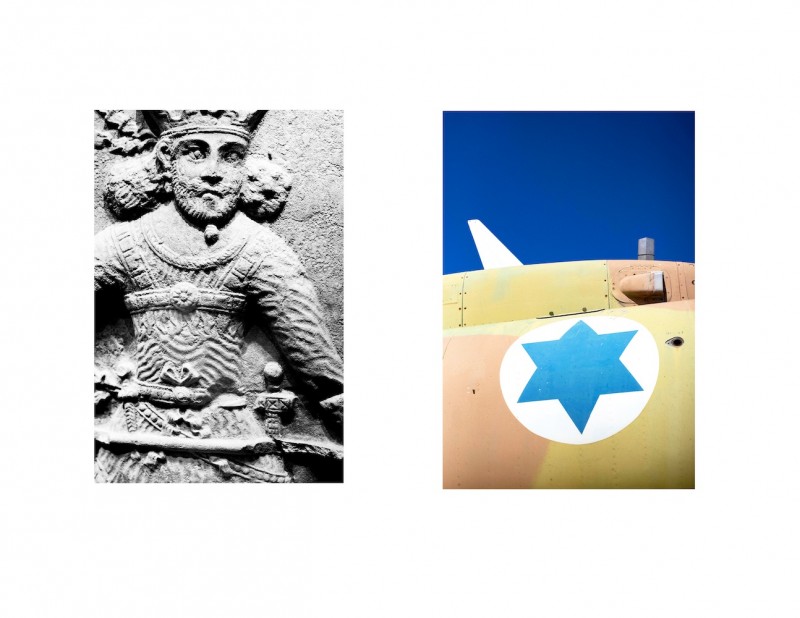
König Shabur, Israel Museum, Jerusalem / Ben-Gurion Airport,Tel Aviv
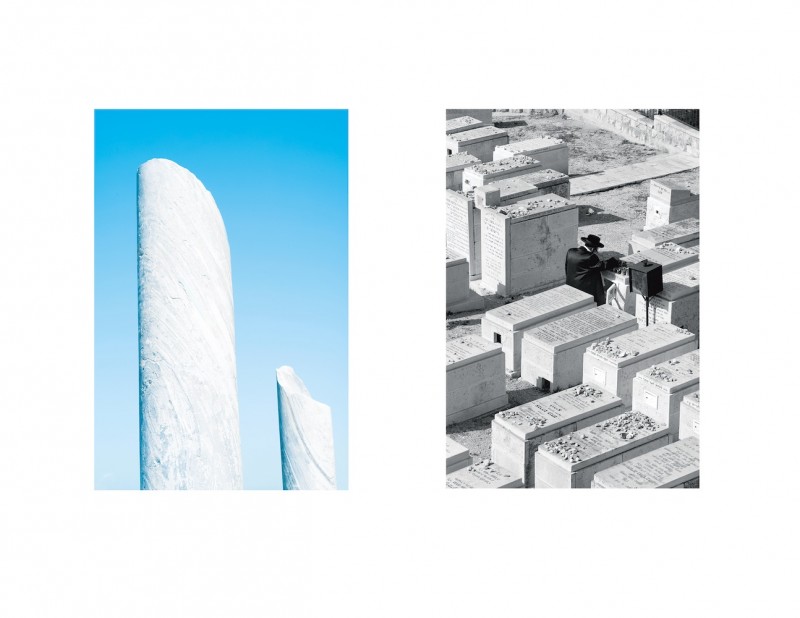
Caesarea / Mount of Olives
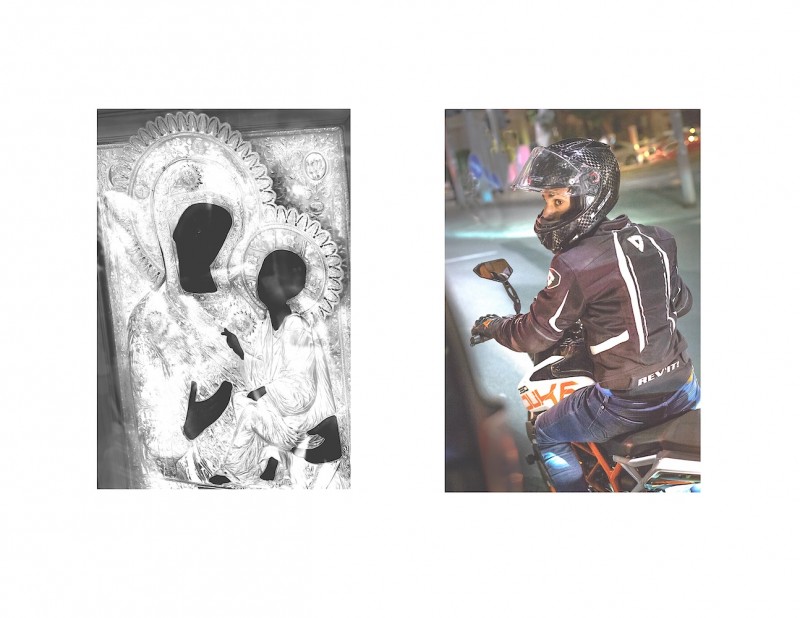
The Israel Museum Jerusalem / Tel Aviv
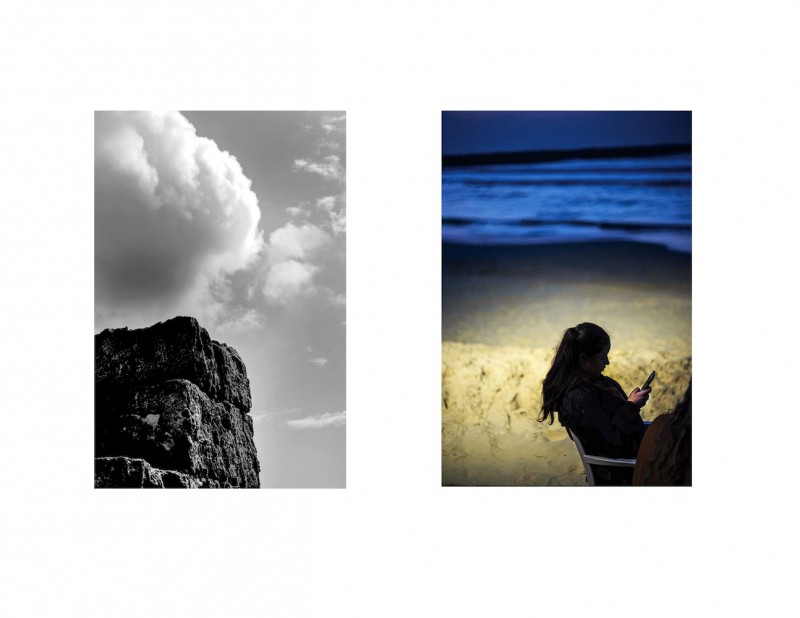
Aquaba / Jerusalem Beach, Tel Aviv

Church of the Nativity, Bethlehem

Dan Hotel, Jerusalem
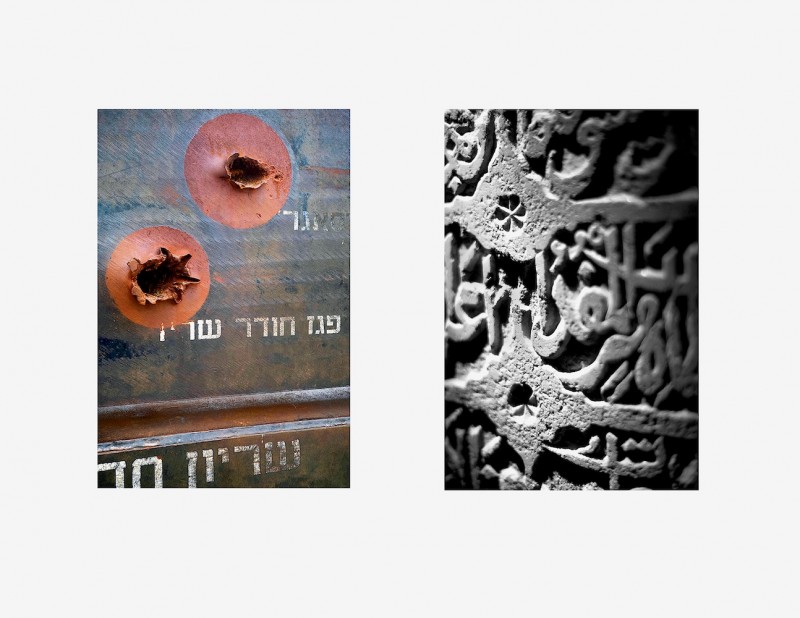
Pierced Armor, Military Museum,Yad La-Shiryon / Detail, Old Akko

Bedouin Village, Rahat / Grabeskirche, Jerusalem
